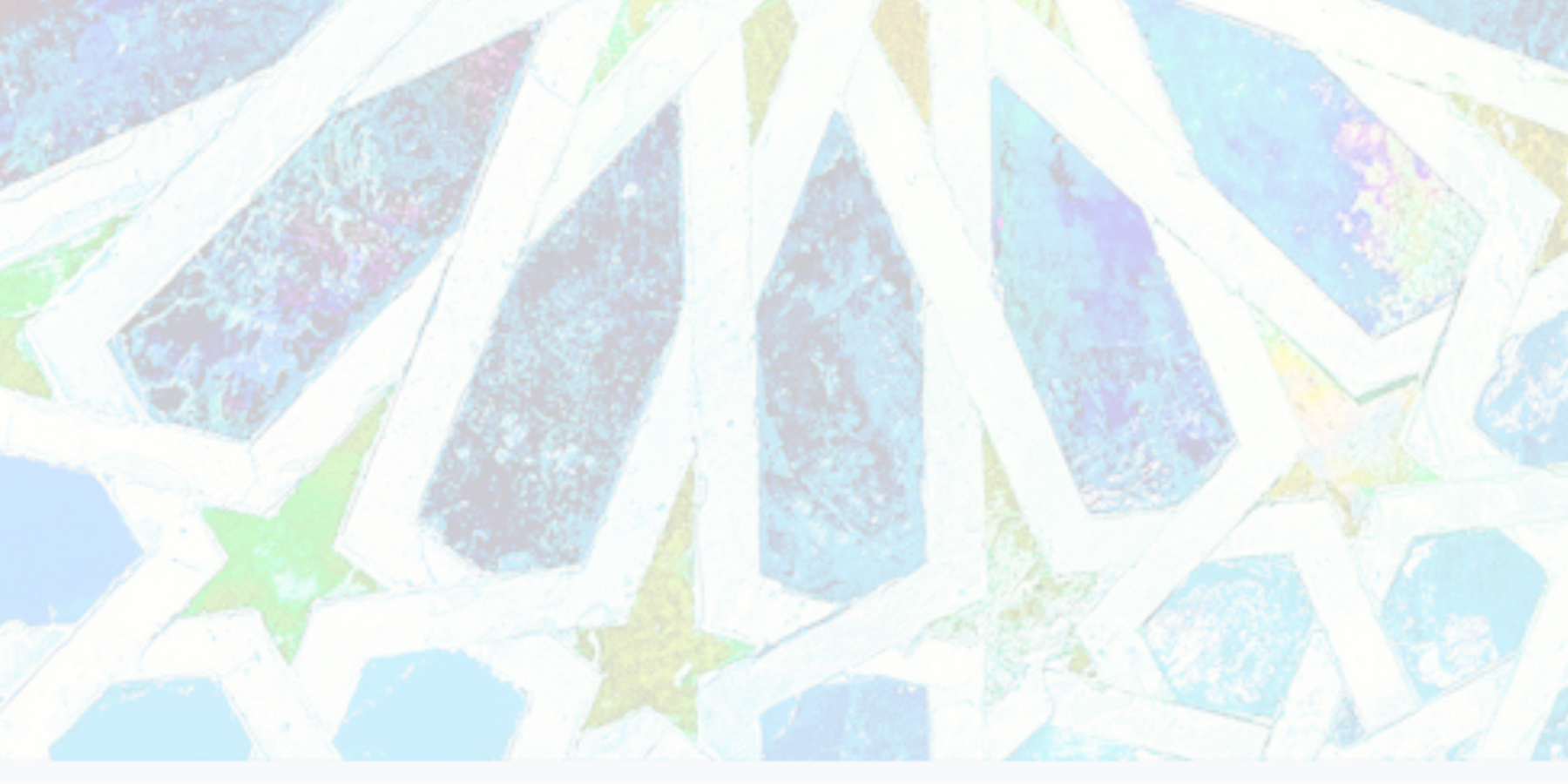
Musings - Blog
The holiday season amplifies everything that already pulls us away from ourselves.
There is more noise. More pressure. More consumption. More social obligations. More expectations—both internal and external. We are bombarded with messages telling us to buy more, do more, be more, and make everything perfect. Even rest becomes something to “schedule” or “earn.”
For many people, this time of year also brings complicated emotions: grief, loneliness, family tension, financial stress, or the quiet ache of unmet expectations. The cultural narrative insists that we should feel joyful and grateful, which can make these experiences feel isolating or shameful.
In this environment, mindfulness can feel almost impossible. Sitting still with your breath may seem trivial when your to-do list is screaming. Slowing down can feel unsafe when you’re used to staying busy to avoid difficult feelings.
And yet—this is often when mindfulness is needed most.
“…Disordered eating and body image distress rarely stem from vanity. Instead, they come from longing: longing to feel safe, to feel accepted, to feel in control, to feel seen. Many people learn—often through family, culture, or social norms—that their worth is tied to their appearance. And when this message is repeated over time, the body becomes a battleground.”
Neurodivergence is a word many people hear often but still struggle to define. It has become a cultural shorthand—sometimes a badge of identity, sometimes a source of confusion, sometimes a quiet whisper of “maybe this explains me.” But beneath the labels and the diagnostic terms lies something more human: a vast, varied landscape of minds, each shaped by its own rhythm, attention, sensitivity, and way of moving through the world.
At Transcendent Self Therapy, we see neurodivergence not as a binary—neurotypical or not—but as a spectrum of cognitive experiences that all people fall along. Humanity has never been uniform. Every person has strengths that shine and struggles that weigh them down; some simply cluster in patterns we’ve come to call neurodivergence.
“Therapy can be that kind of pause—a moment to observe, to regulate, to realign with ourselves amid the motion of life. Whether we’re moving with the current or against it, healing happens through awareness, connection, and courage to keep paddling forward—together.”
Dressing up can unlock aspects of the psyche that are often hidden in daily life. When we put on a costume, we invite permission—to explore archetypes, emotions, and identities we may have disowned or suppressed. In therapy, this process can help people connect with “split-off” parts of the self: the confident one, the sensual one, the fierce protector, the child who still wants to play. Costume Therapy allows these parts to be safely expressed, witnessed, and integrated.
There are times when the ordinary rhythm of therapy—a single session each week—doesn’t feel like enough. Pain presses in too closely, questions weigh too heavily, or change feels just out of reach. For those moments, we offer Intensive Treatment Sessions: extended spaces of time devoted wholly to you, where the usual boundaries of the therapy hour soften, and we can wander further into the heart of what you’re carrying.
Over the past few years, much of life has moved behind a screen. We work over Zoom, catch up with friends in text threads, and even get medical care through video appointments. While this shift has made some things more accessible, it has also left many people feeling disconnected, overstimulated, and strangely alone. It’s no surprise that so many of us are craving something more real—something grounded, embodied, and human.
Sometimes when a client is feeling stuck—or when I am perhaps feeling stuck with a client—I think about parts work.
The term “parts work” comes from a modality of therapy called Internal Family Systems, or IFS.
By setting boundaries, engaging in meaningful discussions, taking action, prioritizing self-care, and seeking support, you can navigate turbulent times with resilience. Remember, maintaining your mental health isn’t just beneficial for you—it also enables you to be a more thoughtful and effective participant in the world around you.
The word ‘trigger’ is everywhere and being used by everyone, especially with the rise of ‘#therapytok.”
What is a trigger, though?
I think of triggers as signals that something needs our attention. It is the expression of an unhealed emotional wound, and information about what we haven’t quite processed in its entirety. The more intense the trigger, the stronger the message.
Numerous clients I work with think of themselves with much disdain when recounting a week where they feel like they didn’t do “enough.”
What is “enough,” I ask?
A group member recently talked about weathering "storms of the heart", and I loved that image. In line with its metaphor, our DBT group tracks the emotional weather of the week and helps members batten down the hatches for impending rain.
I think back on how fundamentally my personhood feels changed since I was first forced to grieve, now over a decade ago. A couple weeks into navigating grief, I remember coming across a quote by Jamie Anderson: “Grief, I’ve learned, it really just love. It’s all the love you want to give, but cannot. The more you loved someone, the more you grieve. Grief is just love with no place to go.” When I first read it, it hit me like a rock, even though it is so seemingly simple at its core. I think of the many lessons this misplaced love has taught me— and continues to teach me— as time inevitably passes.
Have you ever experienced a piece of art that seemed to perfectly capture your feelings? This magical connection happens when creativity, emotions, and art intertwine, transforming personal experiences into universal expressions. Let’s explore this fascinating relationship and its impact on art.
Celebrating successes in therapy is a powerful tool that supports and enhances the therapeutic process. By acknowledging and appreciating your wins, you build a positive reinforcement loop, shift focus from negativity, enhance self-esteem, reinforce progress, foster gratitude, strengthen the therapeutic alliance, and encourage a growth mindset. These benefits collectively contribute to a more effective and rewarding therapeutic journey, ultimately leading to greater mental and emotional well-being.
Within the therapeutic realm, the concept of folie à deux emerges as a delicate thread, binding patient and therapist in a shared journey through the labyrinth of the mind. Here, amidst the delicate interplay of shared delusions, intimate truths are revealed, and the boundaries between reality and illusion blur. In Murakami’s narrative tapestries, characters navigate complex relationships and surreal scenarios, mirroring the intricate dance of the therapeutic process.
Trauma can be a life-altering experience, leaving behind emotional shrapnel and a narrative that feels hijacked. You might find yourself replaying the past, struggling with overwhelming emotions, or feeling disconnected from yourself and the world. But here's the...
In the intricate process of therapy, the therapeutic relationship mirrors the movement of a complex dance. Like an electric samba, therapy unfolds with a rhythm that ebbs and flows, highlighting the subtle similarities between the art of dancing and the practice of...
In the quiet hum of the morning, as sunlight filters through curtains and gently touches every nook, I ponder the curious kinship between our homes and bodies. Both, it seems, are sanctuaries where the essence of our being unfolds.





















